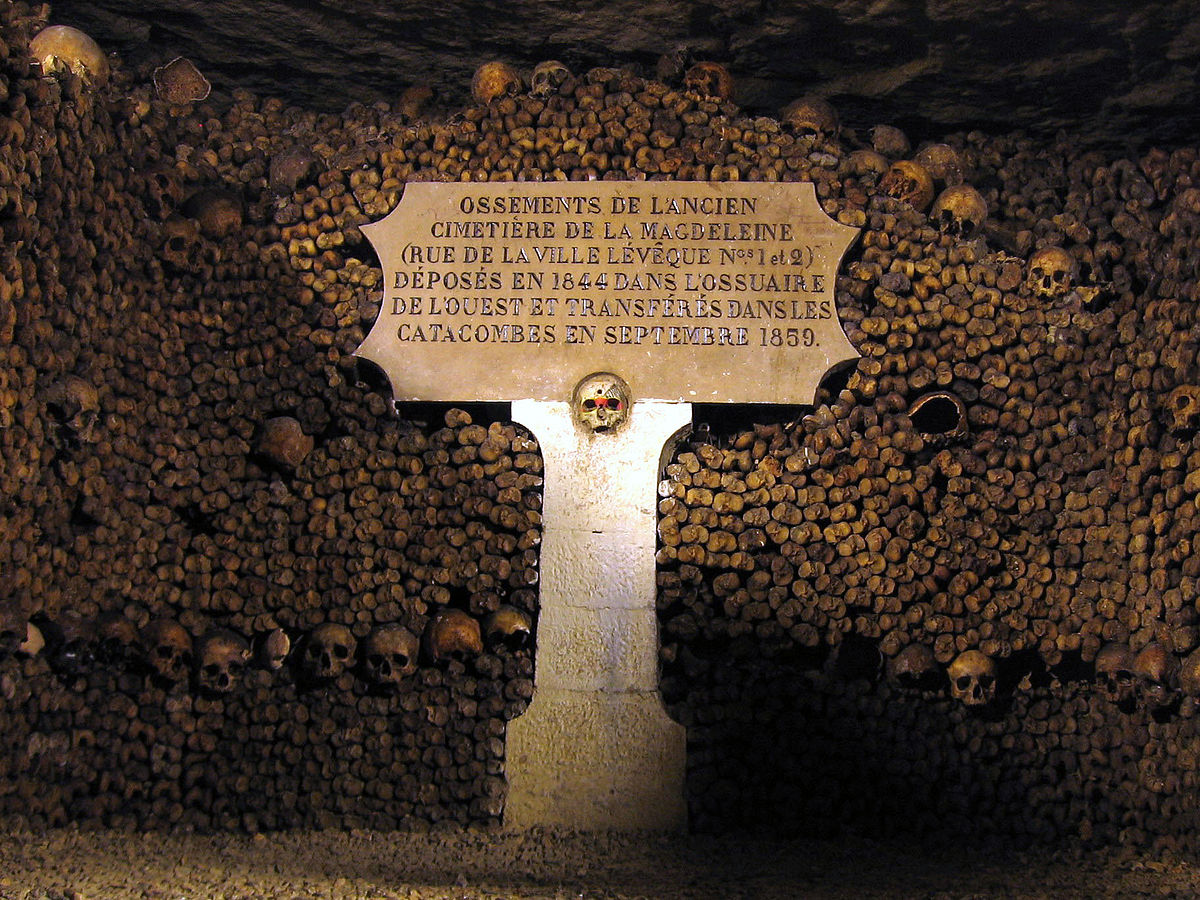☘️ Unveiling the Past: Herculaneum’s Ancient Beach Reopens to Visitors 🌋

Nearly two millennia after Mount Vesuvius erupted in 79 AD, the tragic story of Herculaneum has been given new resonance. The ancient Roman city, once a vibrant seaside town, has officially reopened its ancient beachfront to visitors, offering a powerful glimpse into the dramatic final hours of its people. Unlike nearby Pompeii, which was entombed in ash, Herculaneum was buried under a torrent of superheated mud, lava, and pyroclastic flow—an event that sealed its villas, baths, markets, and even organic materials in extraordinary detail.

Walking along the ancient shoreline today is both breathtaking and haunting. Once a place of leisure where Roman citizens strolled, swam, and traded, the beach has become a solemn reminder of catastrophe. Excavations revealed rows of skeletons huddled together in stone boat houses, where hundreds of men, women, and children sought refuge as Vesuvius roared. Their final moments are frozen in time—bodies curled in terror, clutching loved ones, caught between hope of rescue and the reality of destruction.
The preservation of Herculaneum is unparalleled. Wooden furniture, scrolls, food, and even textiles were carbonized yet conserved by the intense heat and layers of volcanic material. This unique sealing effect means visitors can step into spaces that still retain their Roman character—elaborate mosaics, colorful frescoes, and household objects that seem untouched by centuries. The beachfront reopening adds an entirely new dimension, allowing guests to experience not only daily Roman life but also the human cost of one of history’s greatest disasters.

For archaeologists, the site is invaluable. The beachfront skeletons provide rare insights into Roman social life and tragedy. Analysis of bones reveals health, diet, and status, while jewelry, coins, and personal belongings tell intimate stories of the individuals who died. Some were wealthy citizens adorned with gold; others were laborers carrying tools. Together, they form a cross-section of Roman society, united in the same desperate fate.

Culturally, the reopening is significant because it reframes Herculaneum not just as a city of ruins, but as a memorial. Visitors are invited to reflect on lives cut short nearly 2,000 years ago, on a shoreline that once symbolized leisure but now serves as a silent monument to resilience and loss. Standing at the water’s edge, it’s easy to imagine the panic of that fateful day, as boats failed to arrive, the sky blackened, and fire rained down from the mountain.
In comparison to Pompeii, which often draws larger crowds, Herculaneum’s intimacy makes the experience more personal. The city’s compact layout and remarkable preservation provide an unfiltered connection to the past. The reopened beach adds yet another layer of authenticity, bridging archaeology, tragedy, and remembrance in a single, visceral experience.
Herculaneum’s shoreline now speaks as loudly as its villas and temples. It is a place where history and humanity collide—a reminder that behind the grandeur of Rome were real people, living real lives, until nature reshaped their world forever.
#AncientRome #Herculaneum #Vesuvius79AD #RomanHistory #ArchaeologicalDiscovery











